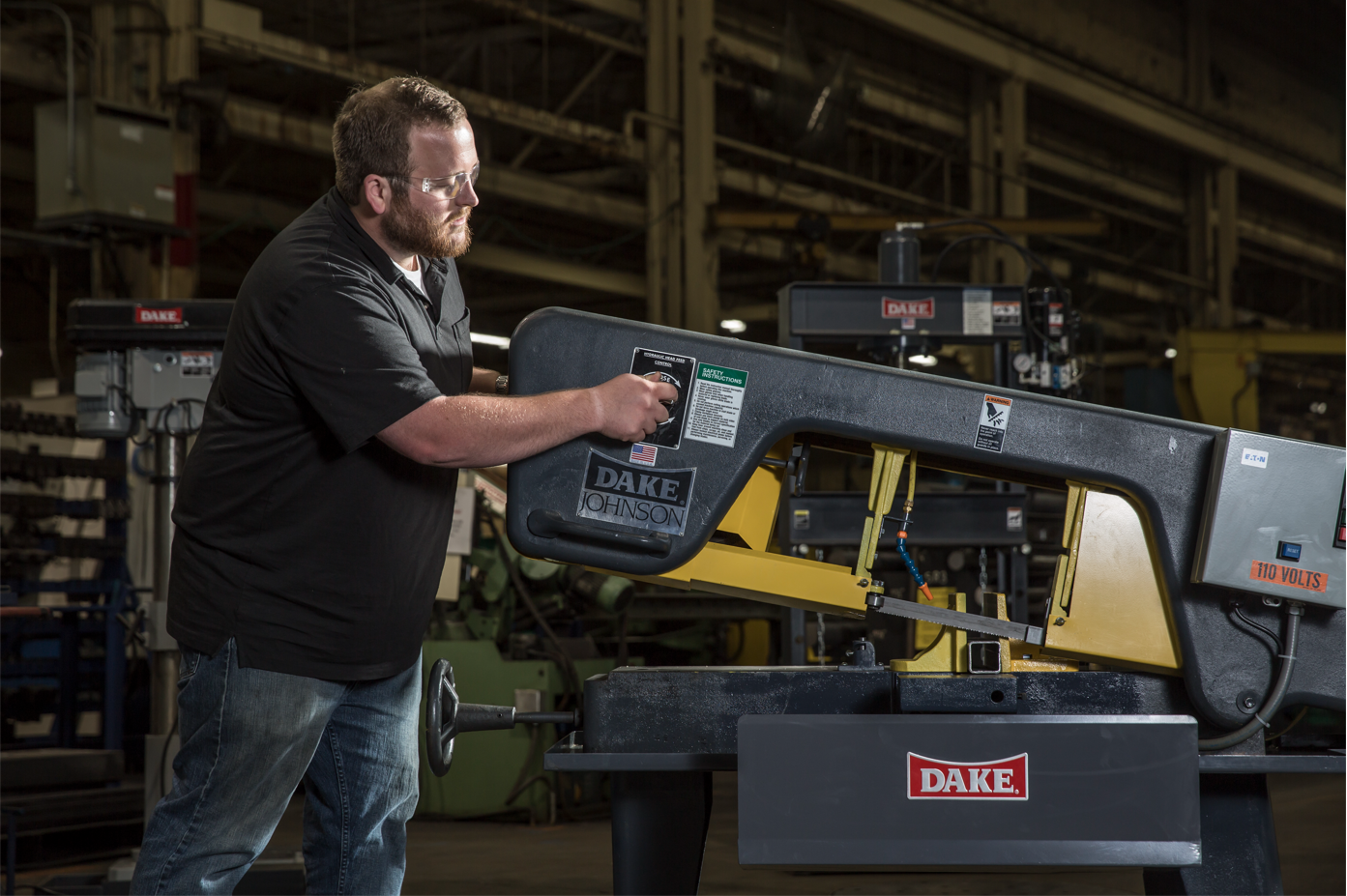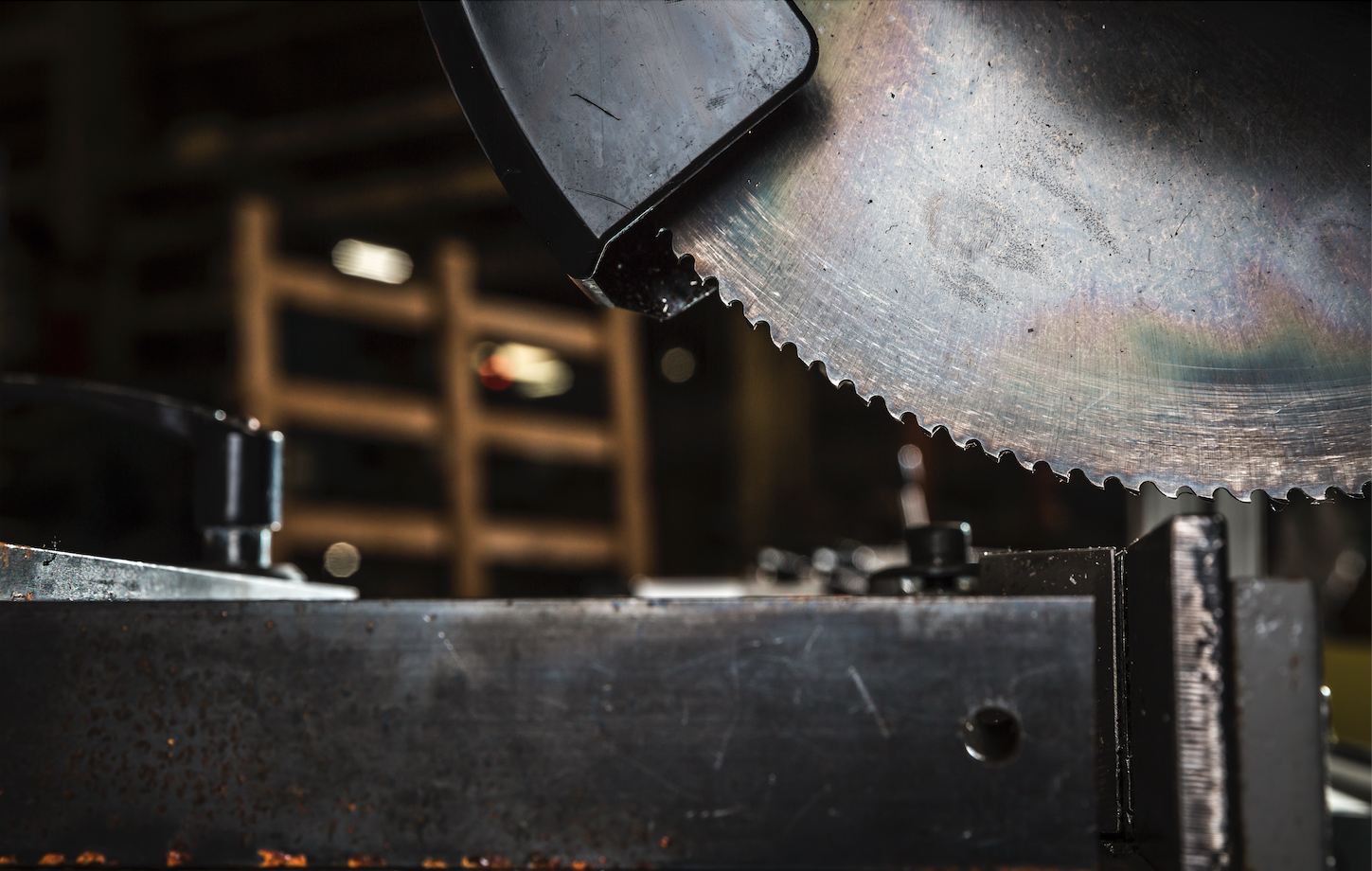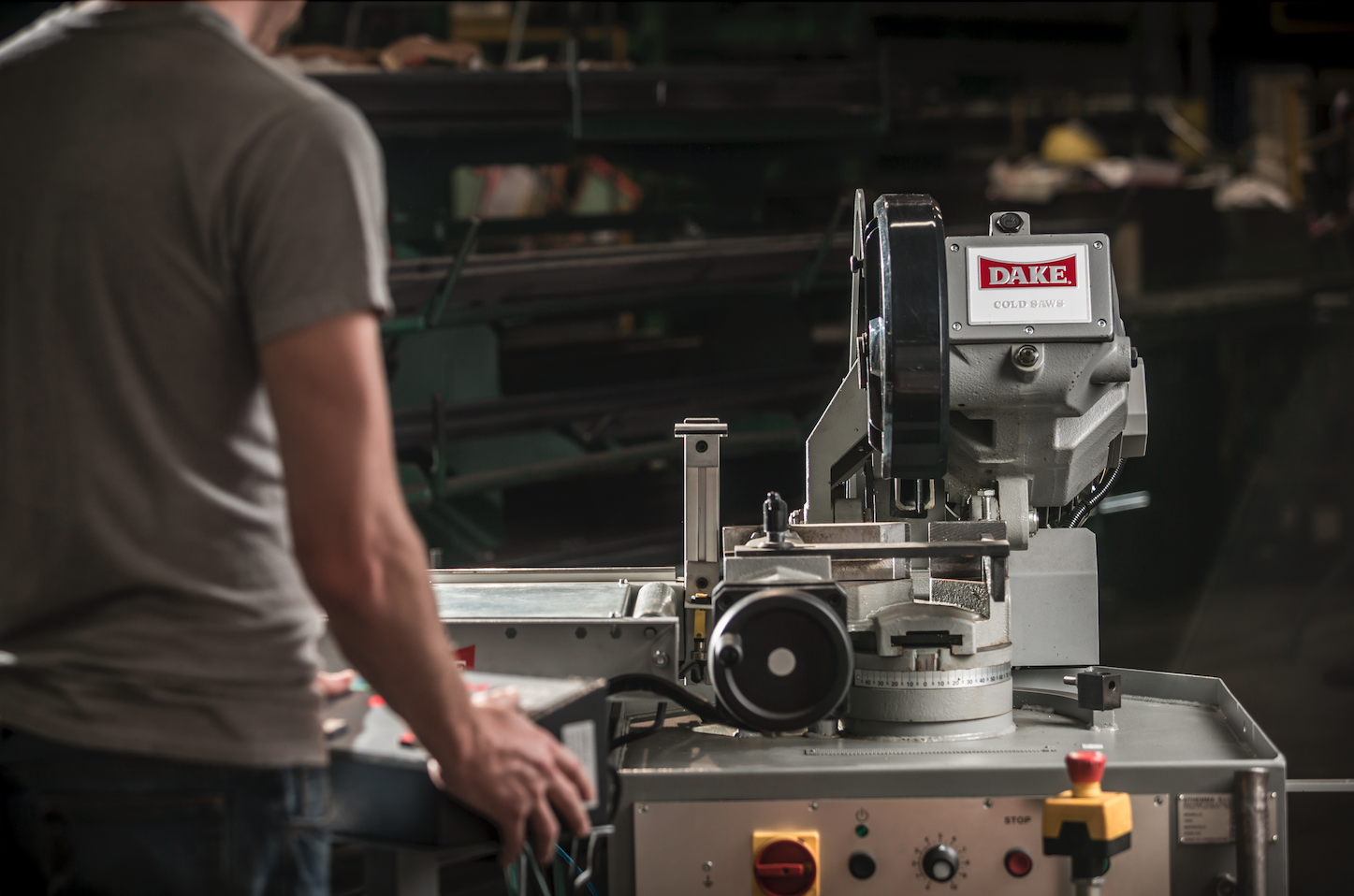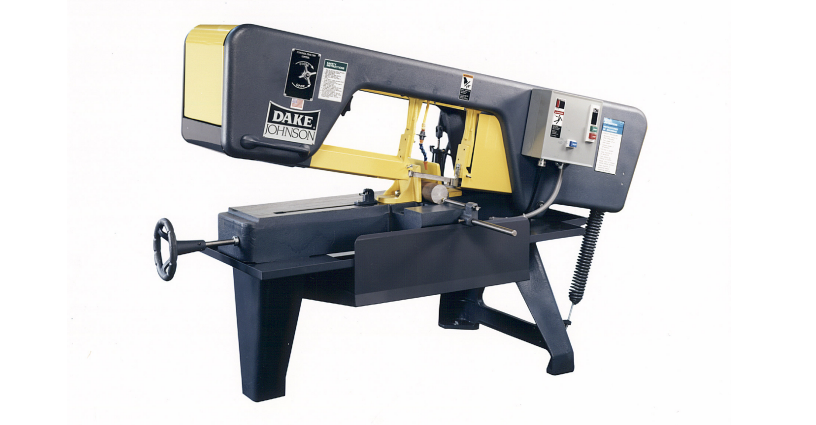Applications dictate your options for metal cutting. Here are few tips to what type of saw is right for you.
Size: A bandsaw will give you a larger cutting capacity. A 14” cold saw may give you a capacity of 4 ¾” round material, where as our SE912 bandsaw will give you the capacity of 9” rounds. Why, with a larger specification of 14”, is the saw's capacity less with a cold saw? They are denoted by blade diameter, not capacity. The blade hub and radius will limit the material size that the cold saw is capable of cutting. With a bandsaw, it goes by clearance of the blade to the head frame. A bandsaw model will usually give you a hint to the round capacity such as our SE912 (9” capacity), JHW10 (10” capacity) and vertical bandsaws will be rated the same way.
Hardness: Material hardness also comes into play in your decision-making process. How hard of a material are you needing to cut? A cold saw will limit you to hardness you can cut. Anything above 42RC is going to turn your blade into a butter knife in short order since the harness of the blade is only 60-63RC. Bandsaw blades have many different configurations and teeth hardness which most of the time will give good results on hard material, yet there are still a few applications that neither can handle, which requires abrasive cutting (I can’t believe I said that, but it’s the truth.)
Kerf: Saving material is sometimes a concern and believe it or not the kerf cut can be figured into the cost of a job. A cold saw has a rigid blade with a wider kerf that on most standard cold saw blades is 2.5 – 3mm kerf. A bandsaw blade on the other hand can be 42 thousandths of an inch. Doesn’t sound like much, but over the lengths of the material it adds up. A standard cold saw blade uses a triple grind which gives chip clearance, but is the blades thickness. A standard bandsaw blade uses a wavy grind or off set tooth design keeping the blade kerf to a minimum.
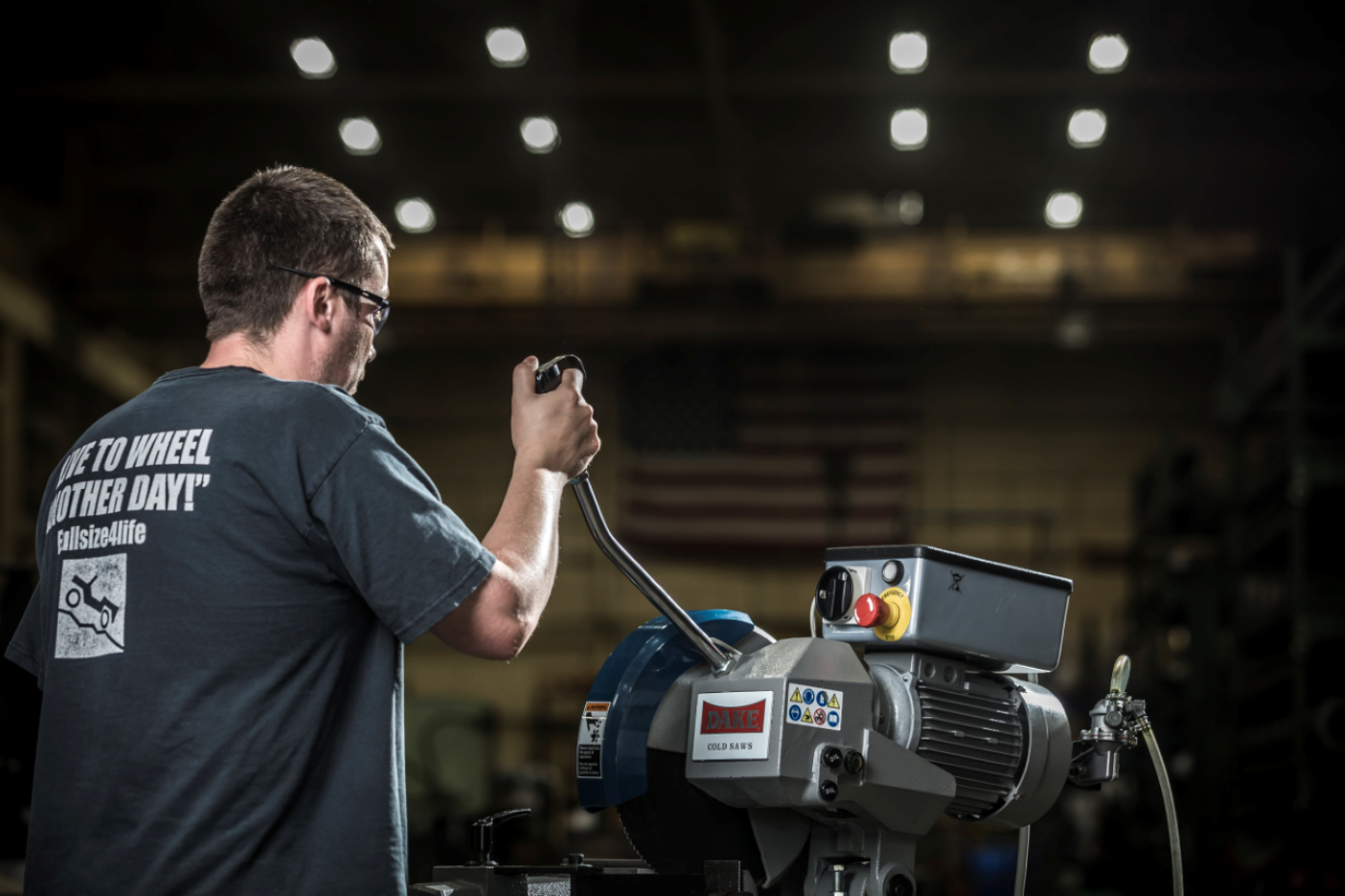
Finish: If you are looking for the optimum finish, the cold saw is what you want. A cold saw will give you a super square accurate cut with a milled-like finish. This means tight miter joints and cutting the part to length eliminating secondary operation of re-facing or cleaning the cut surface.
Economical: Which is more economical, cold saw or bandsaw? It is hard to say and depends on what you are looking for in the application. Initial price of a cold saw blade may be higher than a bandsaw blade but over time a cold saw blade can be re-sharpened and not discarded like a bandsaw blade, so that is a cost saving. Down time for a cold saw blade change will be less than the time for a bandsaw blade change. This all adds up. Do you have to have a secondary operation? If so, that costs money.
Either type of saw you choose, we most likely have a Dake model that will give you the results you expect, and if you still are up in the air about the right saw for your application, we’ll be glad to help.
-1.jpg?width=1200&height=525&name=DAKE003_%20Logos_Red%20(002)-1.jpg)
